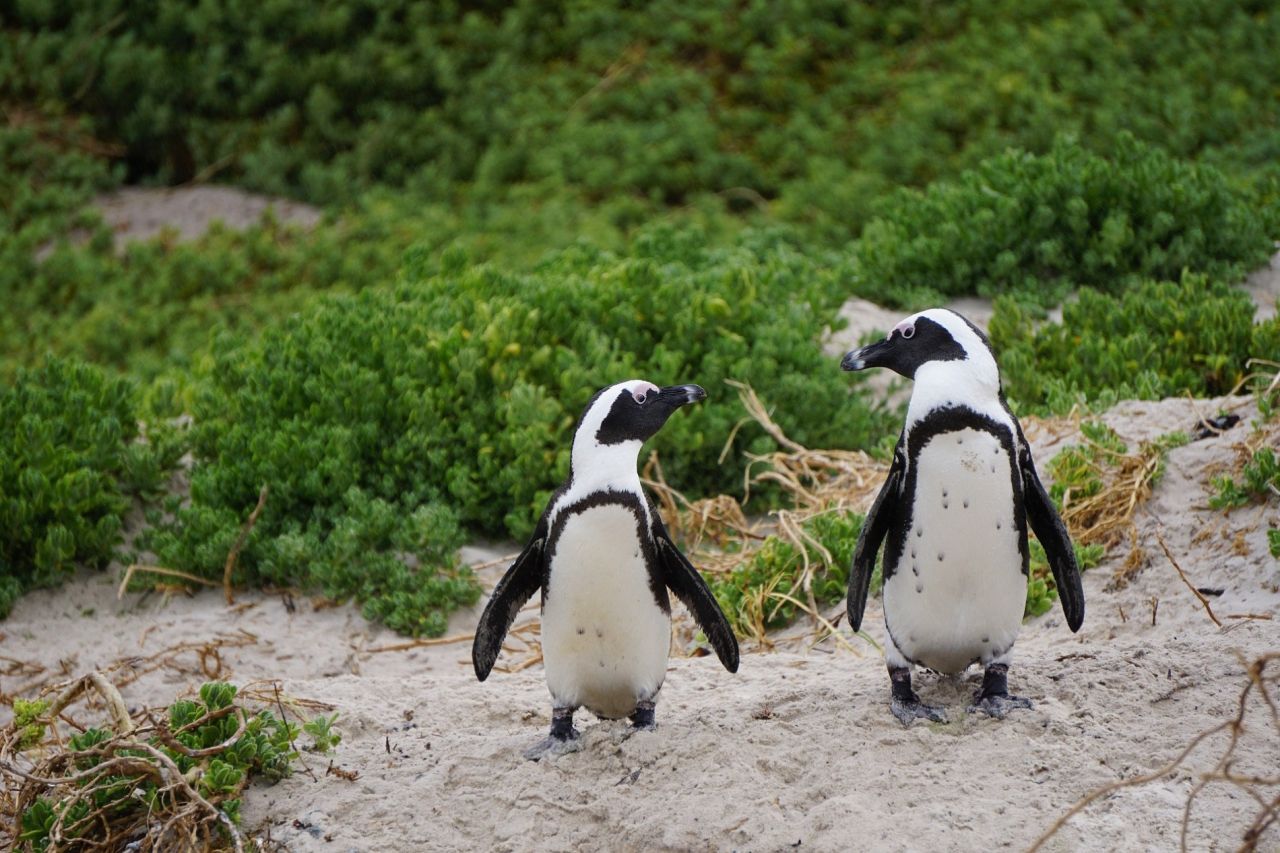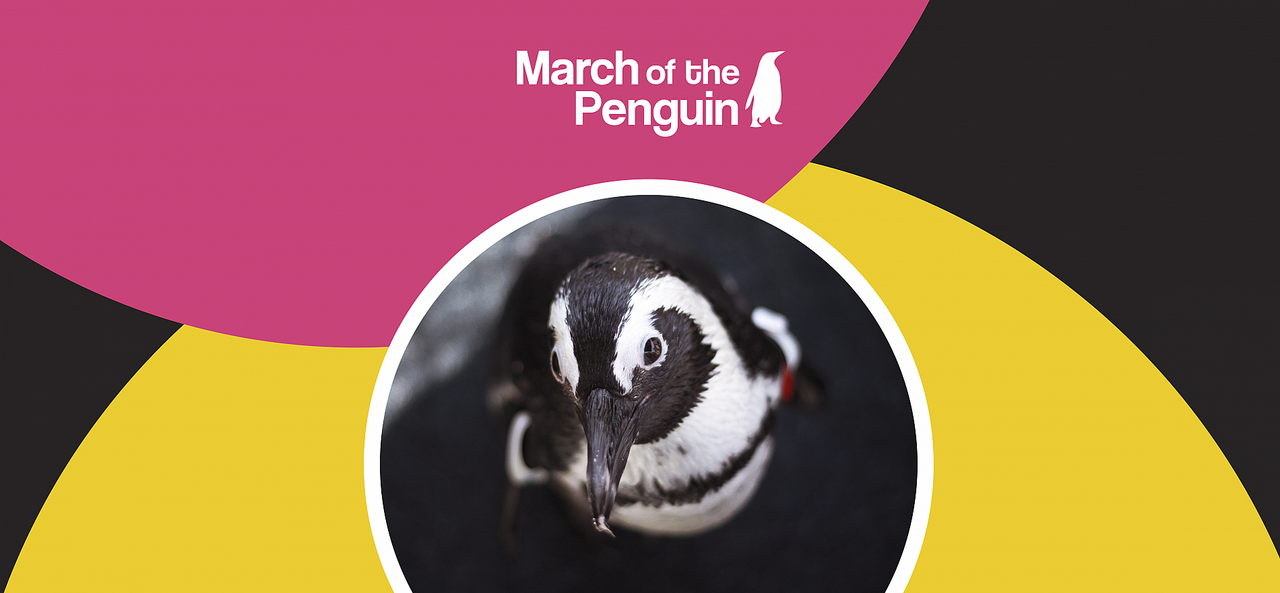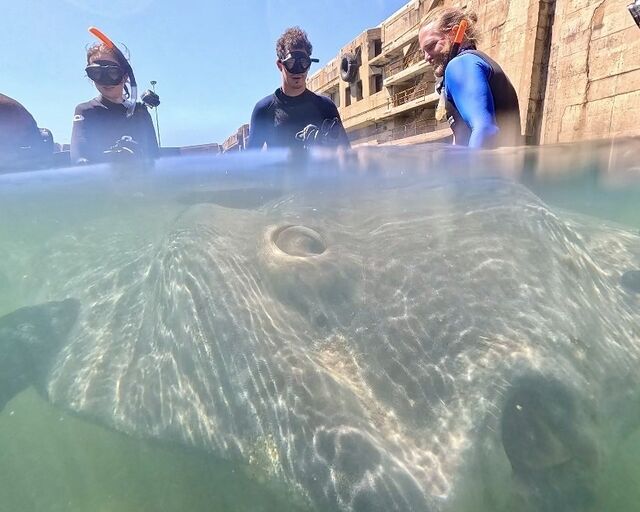When we think about "threats to penguins" it's natural to first think of sharks, seals and orcas, and maybe pollution. Disease and parasites are equally significant threats - especially as humans are altering the habitats of penguins and exposing them to more risks than ever before. Let's take a closer look:
Ectoparasites
Ectoparasites are parasites that live on the outside of an animal, and penguins are no exception. African penguins fall victim to a number of fleas, lice, soft ticks and mites that are specially adapted to infest seabirds and their nests. While these parasites are not a direct threat to penguins - the diseases they can carry are, especially if penguins are exposed to ones they wouldn't usually encounter.
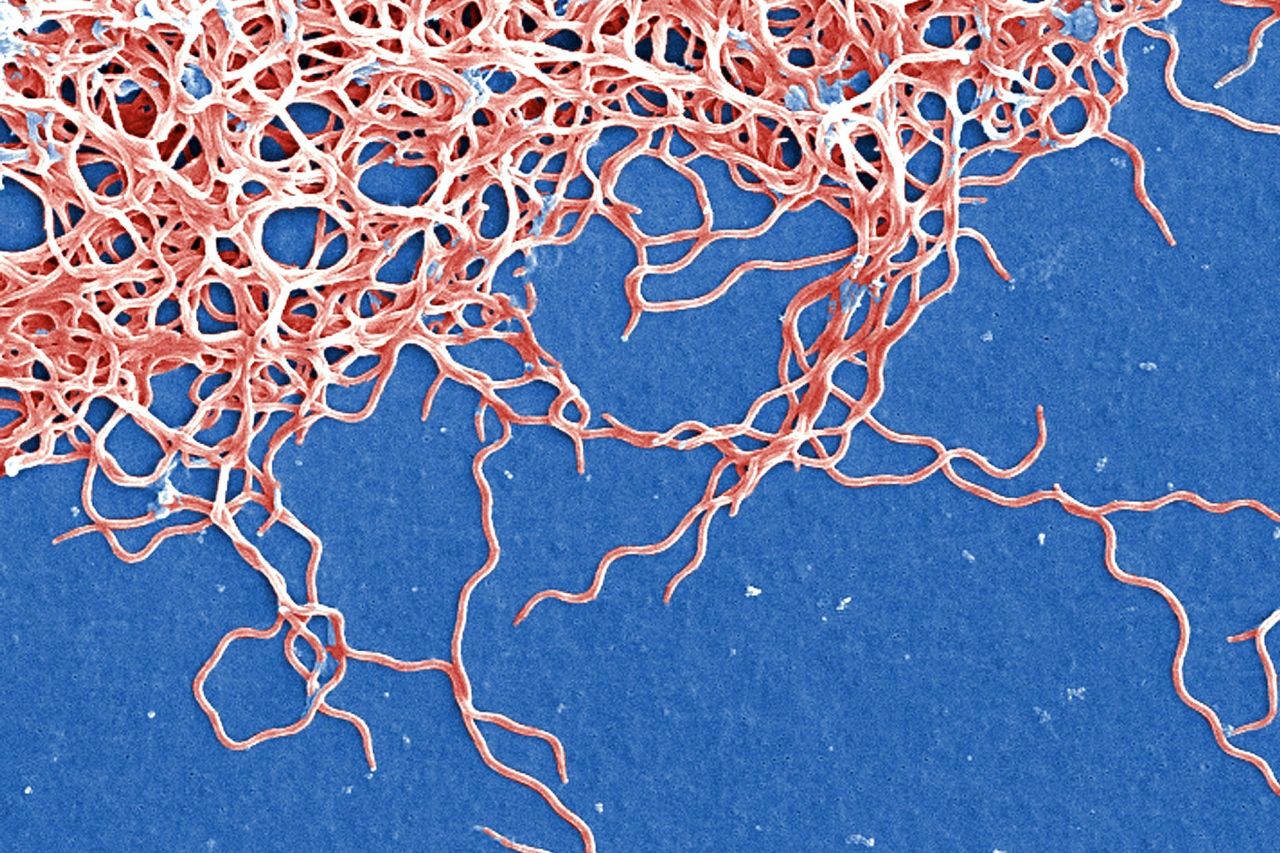
Blood parasites
When penguins are exposed to ectoparasites, particularly those that also infest other species of seabird on the mainland - they can get a secondary infection of parasites in their blood. These cause diseases which you may have heard of - tick bite fever caused by the Babesia protist and Avian malaria caused by protozoans carried by mosquitoes and midges.
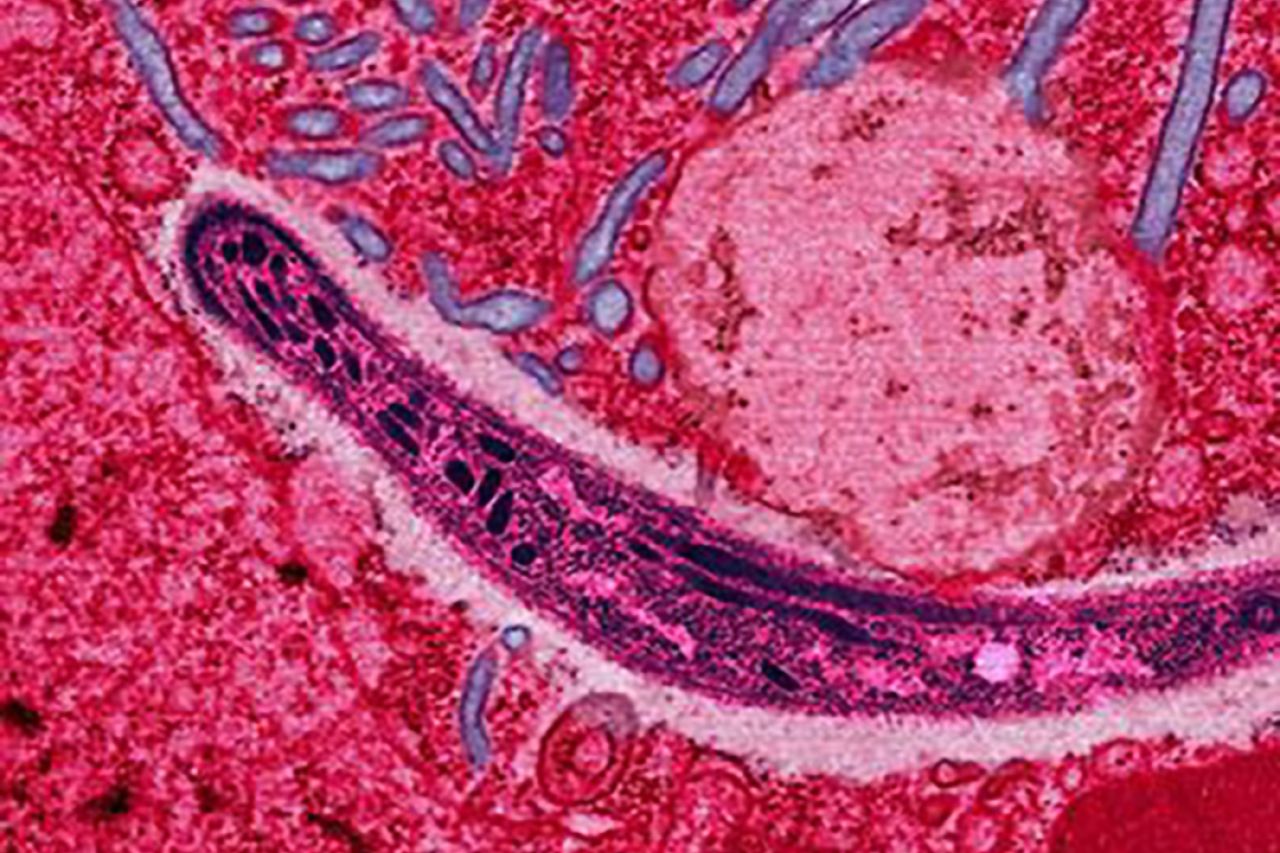
Helminths
Parasitic worms often have complex life cycles that require them to mature in one animal, and reproduce in another, including penguins. Cardiocephaloides flukes clone themselves in sea snails and then launch themselves into the water to infect small fish. They then infest the fish’s brain, making it swim erratically near the surface - where it is more likely to be eaten by penguins. Penguins then feed these fish to their young, and inside both the parent and chick’s bloodstream, the worms reproduce until the penguin eventually dies, with their eggs being pooped out. Snails eat the waste, and the cycle continues.
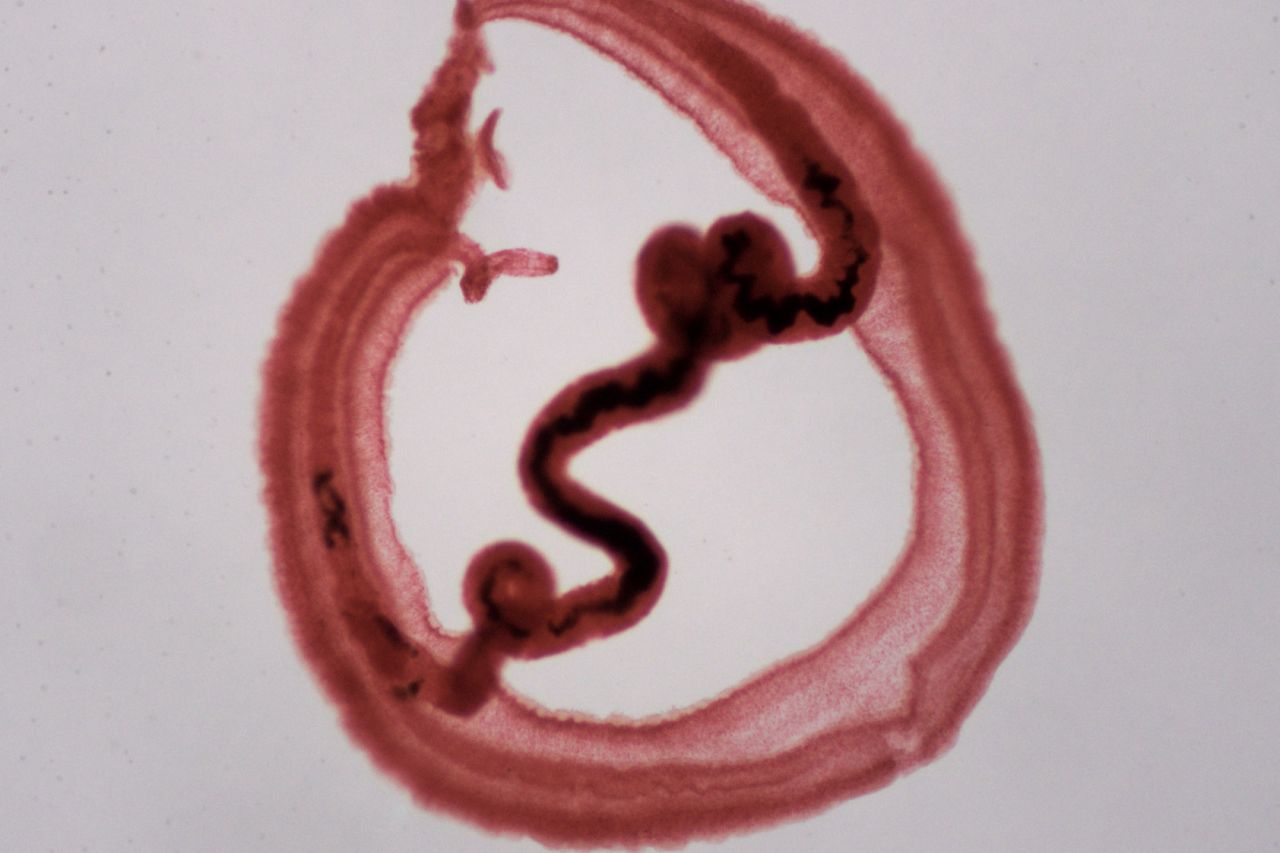
Why does it matter?
In nature, penguins and parasites live in relative balance - but as penguins come into close contact with other birds, such as when they are forced off their islands and into mainland colonies, their chances of infection increase.
Onshore rehabilitation efforts, like those at SANCCOB, need to take extra precautions to make sure that diseases from terrestrial birds do not spread to the penguins. These diseases are also the reason that captive, stranded penguins, like the Aquarium’s northern rockhopper penguins, cannot be released into the wild again - the risk of introducing a parasite or disease not native to their sub-Antarctic home is too great to the wild penguins.
